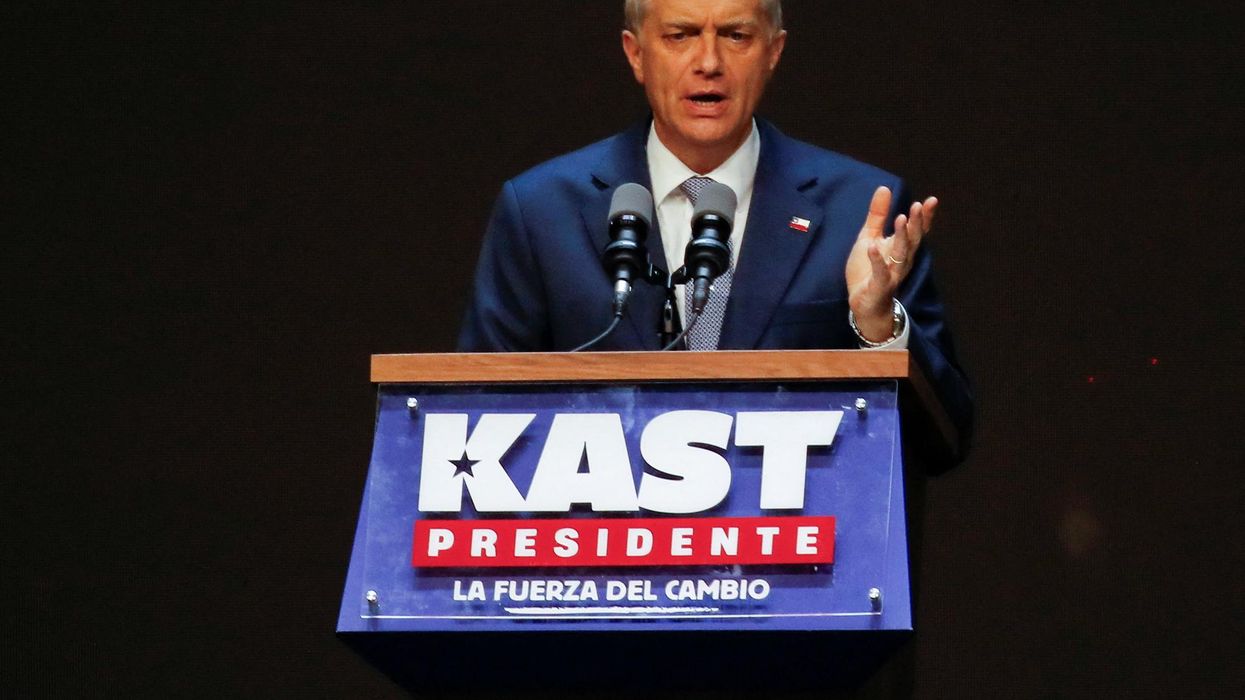A Republican congressman called news coverage of Palestinian and Israeli children killed by violence a “sickening” libel against Israel at a congressional hearing Monday.
During the hearing, Republican members not only criticized the Palestinian militant group Hamas, but also attacked the idea of sending humanitarian aid to the Palestinians of Gaza.
Last month, fighting between Israeli forces and Hamas killed 13 people in Israel and 256 people in Gaza. After the fighting ended, the New York Times ran a cover story featuring the photos and life stories of children killed by both Israeli airstrikes and Palestinian rocket fire.
Rep. Joe Wilson (R–S.C.) called the front page photo display “a disgusting smear of Israel and the people of Israel.”
“American media of the left have become a propaganda arm of Hamas,” he told the House Foreign Affairs Committee. “The sickening proof is the front page of the New York Times…picturing 64 dead children of Gaza and Israel, ignoring total Hamas responsibility.”
Wilson argued that no children would be dead but for Hamas’s rocket attacks and use of civilians as “human shields.”
Hamas has long fired rockets indiscriminately into Israel, a clear war crime. Hamas leader Yahya Sinwar recently told Vice News that he would not do so “if we had the capability to launch precision missiles.”
The Israeli military says that it only targets military infrastructure in Gaza, but United Nations human rights chief Michele Bachelet said last month that Israel had struck civilian targets and may have committed war crimes.
The Biden administration is now promoting international reconstruction aid as a way to undermine Hamas rule and build peace. The administration has already released tens of millions of dollars in immediate humanitarian aid.
However, several Republican congressmen objected.
Rep. Brian Mast (R–Mich.) noted that Palestinian elections had been recently cancelled over fears of a Hamas victory.
“If Hamas would do well in the elections, then we’re talking about the people fundamentally supporting Hamas,” he said. “We’re going to give them hundreds of millions of dollars, or invest millions of dollars into their infrastructure.”
He claimed that it is “impossible not to benefit Hamas” by funding reconstruction projects in Gaza.
Rep. Greg Steube (R–Fla.) even proposed a bill that would divert U.S. aid money from Gaza to Israel’s Iron Dome air defense system. Israel is now asking for $1 billion in emergency aid to replenish the system.
“If Hamas controls Gaza, how are you going to be sure that U.S. taxpayer dollars are not going to be diverted to Hamas?” he asked.
Secretary of State Antony Blinken portrayed U.S. aid to Gaza as a way to benefit Israel as well as the Palestinians.
“Hamas has fed off of misery, fed off a lack of hope. If that is perpetuated, it’s unfortunately likely to get stronger, despite the fact that it is itself has been responsible for bringing much of that misery onto the Palestinian people,” he said. “If you look at what is happening, it is on a human level — and our Israeli counterparts agree with this — unacceptable.”
















